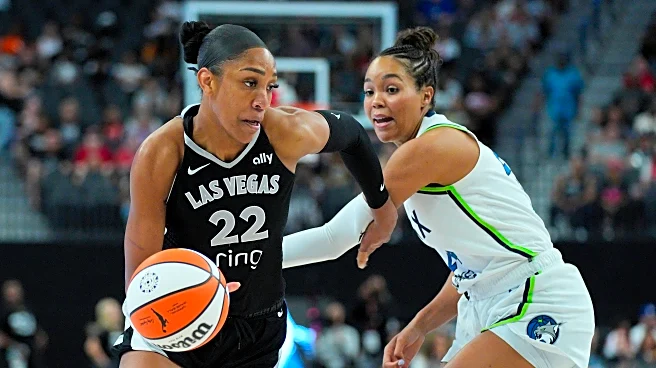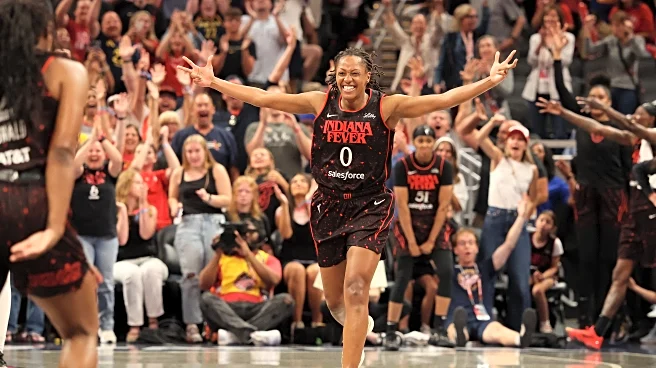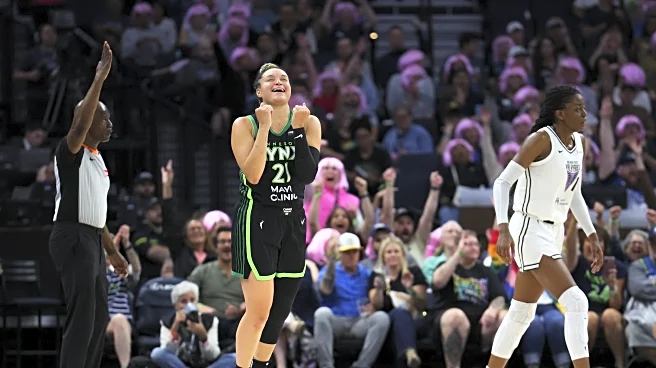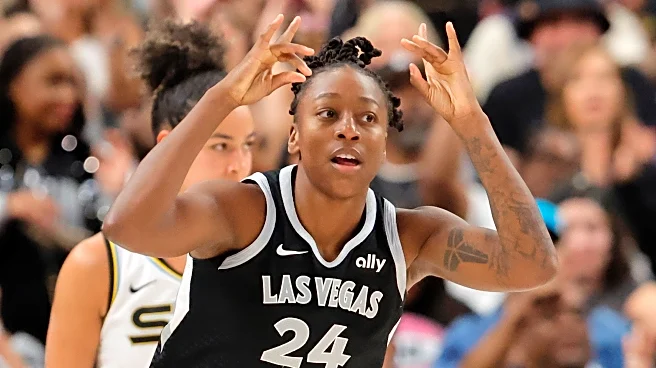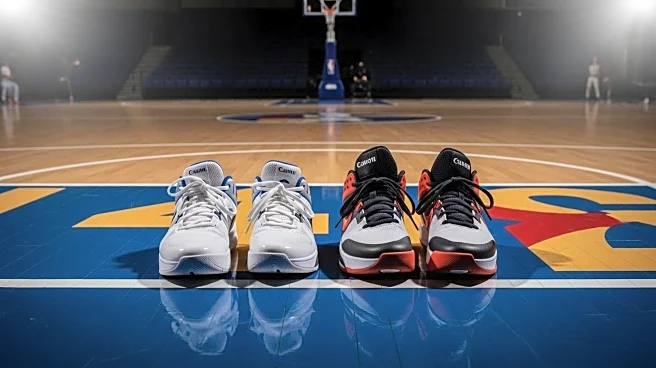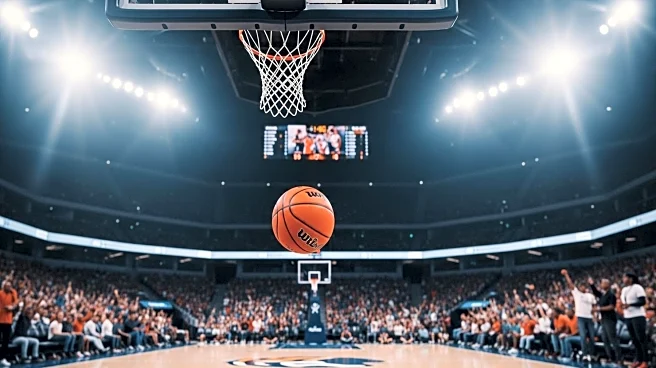What's Happening?
Indiana Fever coach Stephanie White has expressed concerns about her team's upcoming playoff matchup against the Atlanta Dream. The Fever, who finished the regular season with a 24-20 record, will face the Dream, who ended with a 30-14 record, in the first round of the WNBA playoffs. White has highlighted the Dream's size as a significant challenge, noting their ability to space the floor and utilize their post players effectively. Fever star guard Sophie Cunningham had previously expressed optimism about the matchup, citing the Fever's playoff experience, but she is sidelined with a torn MCL. The Fever will rely on center Aliyah Boston to counter the Dream's physical presence.
Why It's Important?
The Fever's matchup against the Dream is crucial as it tests the team's ability to adapt to physical challenges posed by their opponents. The Dream's size advantage could disrupt the Fever's gameplay, emphasizing the importance of strategic planning and execution in high-stakes playoff scenarios. Coach White's focus on discipline and offensive reads highlights the tactical adjustments necessary to compete against physically dominant teams. The outcome of this series could influence future team strategies and player development, particularly in managing size disparities in professional basketball.
What's Next?
The Fever will need to implement strategies to mitigate the Dream's size advantage, focusing on versatility and depth. Coach White has stressed the importance of discipline and effective offensive strategies to counter the Dream's strengths. The performance of Aliyah Boston will be critical in managing the Dream's key players, Brittney Griner and Brionna Jones. The series will test the Fever's adaptability and resilience, with potential implications for player development and team dynamics in future seasons.
Beyond the Headlines
This matchup underscores broader themes in sports, such as the impact of player height and physicality on game outcomes. The Dream's roster challenges traditional player roles, particularly in positions typically occupied by smaller players. The Fever's approach to overcoming these challenges may offer insights into evolving strategies in women's basketball, emphasizing adaptability and tactical innovation.



